Chow Chows are an ancient breed that stood as the loyal, dignified companions of Chinese nobles thousands of years ago. Their original name (Songshi-Quan) means “puffy lion dog” which is the perfect way to describe them (well, maybe except for their blue tongue!).
And yes, Chow Chows do shed – a lot.
Chows are a heavy shedding breed that comes in two coat types: smooth and rough. Both have double coats that shed seasonally, however, the rough coat (most common variety) requires more brushing to avoid mats as his coat is thicker and longer.
Read on to learn more about how much Chows shed, why they do this, and some of the ways you can significantly reduce how much time you’ll spend cleaning it up.
How Much Do Chow Chows Shed?
Chows are a heavy shedding breed.
To put this into perspective, they shed about the same amount of fur as an Akita and Bernese Mountain Dog, they’re just not quite as large.
In any case, shedding in dogs (even high amounts) is normal. All that is happening is your dog is losing his old fur to make way for his new fur.
It’s just that some breeds shed more than others, and this mostly comes down to the individual breed and what sort of coat they have.
Chow Chows come in two coat types. The most common variety is the rough coated Chow, which has a fairly long, thick and puffy outer coat. While the less common variety is the smooth coat which has a shorter, smoother coat.
They both shed fairly heavily year round and they both have a soft, thick undercoat. So they shed more profusely a couple times per year, which is referred to as seasonal shedding. And this is something that typically occurs during spring and fall.
In spring, they shed their winter coat as it is not needed for the coming summer months. While in the fall (autumn) they shed their lighter summer coat in preparation for winter. So during these times of the year you will notice a lot more shedding.
There are other factors that can cause excessive shedding beyond beyond what is considered normal though. For example stress, allergies and poor diet can have an impact on shedding.
A good way to tell if the hair loss is “beyond normal” is if it’s patchy, sudden and their skin is red or irritated. In any case, if for whatever reason you are concerned, contact your local vet.
How to Stop Your Chow Shedding Excessively
The first thing I want to point out is that you can’t actually “stop” your Chow from shedding completely. There is no magic solution or quick fix to make it stop.
This leads some to ask about whether or not you can shave your Chow Chow. And the answer is a resounding no, this is not a good idea. It will save you some time and frustration, yes, but Chows need their undercoat. This keeps him warm in winter and cool in summer, and protects him from sunburn.
So, what’s the solution? The best way to stop excessive amounts of fur falling off of your Chow and onto your furniture is through brushing, bathing, and diet.
1. Brush Regularly
Brushing your Chow daily is the simplest and most effective method to control shedding. Not only does brushing remove the loose fur from his coat, before it falls out, but it helps to stimulate and distribute his coat oils which promotes a healthy coat that holds onto the fur longer.
Some even find that brushing multiple times per day is helpful during times of heavy shedding, because when they seasonally blow their coat this can make a huge difference.
What sort of brush should you use? The best type of brush to use for a Chow Chow is a slicker brush or pin brush, along with a metal comb or deshedding comb for the undercoat.
A slicker brush is made up of fine wire bristles (with rubber or plastic tips) that are slightly angled to make brushing easier and more effective. A pin brush is basically the same but the bristles are thicker and not as tightly packed.
Either of these work well for the outer coat as they remove the loose fur, mats and debris that are caught up in the coat quite easily. While the metal comb or deshedding brush works well to remove the fluffy undercoat fur.
Check out our shedding brush reviews and buying guide to learn more about which brush is best and why, and see some of the best quality brushes in the market.
2. Maintain a Proper Bathing Routine
Bathing your Chow can make a big difference to shedding, especially when combined with a thorough brushing session afterwards (when their coat is mostly dry).
You don’t want to bath him too often though, or with cheap (or human) dog shampoos. As this can cause the skin and hair to dry out, which in turn can actually increase shedding.
Stick with good quality dog shampoos and bathe him no more than once or twice per month, preferably in warm water. Once he’s nice and clean, wait for his coat to dry and give him a good brush. Some like to use a blower while brushing as this can really help to get a lot of loose fur off of his coat.
3. Feed Your Chow a Healthy, Balanced Diet
So far we’ve looked at some of the best ways to deal with shedding externally, but what goes on on the inside of your Chow can make a huge difference.
Low quality dog foods can lead to dry, irritated skin and just generally aren’t healthy. Which, overall, can have a negative impact. So always opt for high quality, well reviewed dog foods.
When it comes to shedding specifically, look for dog foods that contain Omega 3 and Omega 6 as these can help promote a healthy, moisture rich coat. And, if you’re looking for a natural home shedding remedy, consider adding a small amount of virgin coconut oil to his food during shedding season.
Related: Does Coconut Oil Really Help With Shedding?
Shedding Summary
There’s no getting around it, Chows shed a lot of fur. So they’re not the best match for people who don’t want to spend time cleaning this up.
However, with regular brushing, along with some of the other tips we’ve mentioned here, you can save yourself a lot of time cleaning up dead fur.
If you want to learn more about reducing shedding, check out this guide.
What Makes Chow Chows Special?
Chow Chows are a medium sized dog that is often described as being catlike because of the way they clean themselves and given their independent, stubborn and somewhat aloof nature.
They are similar to breeds like the Akita and Shiba Inu in this respect, which are also described as being fastidious.
The early Chinese translation of their name means “puffy lion dog.” This was probably given to them because of their puffy coat that is particularly thick around the head area, giving him the appearance of having a lion mane.
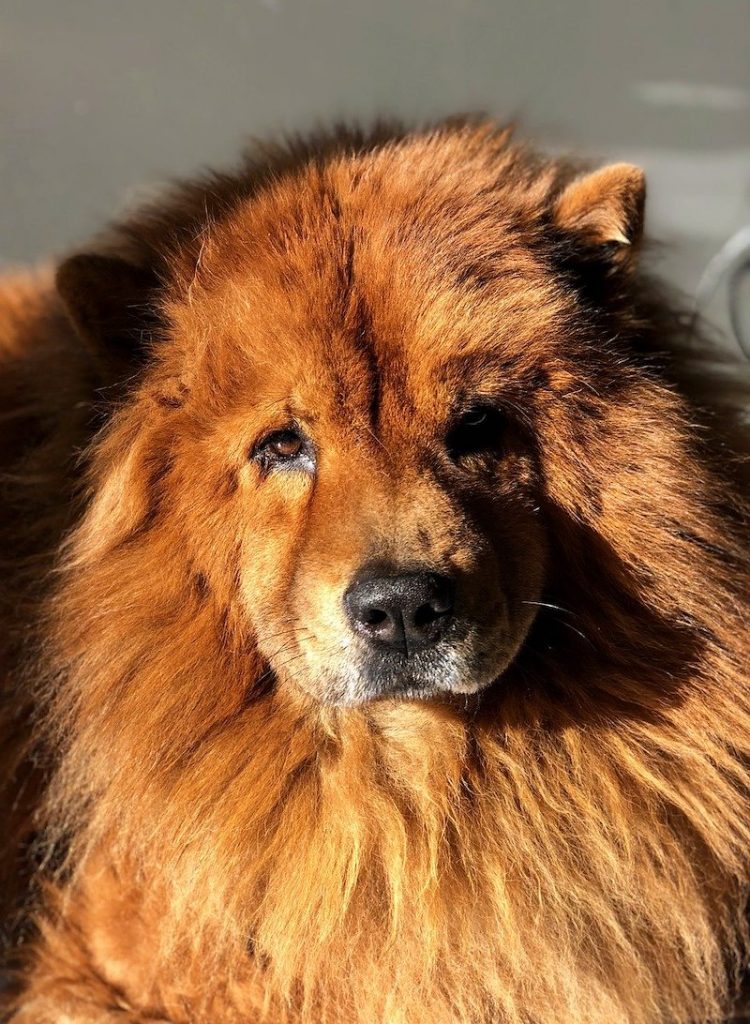
It’s a unique look, for sure. There are other breeds with a lion-like mane out there, like the Leonberger and Pekingese for example, but overall this is one of the defining traits of a Chow Chow. Well, that and the fact they have a blue tongue!
In any case, if you are looking for a great companion, and don’t mind the heavier shedding, then you will love the Chow. He’s a loyal, intelligent dog that will love being part of your family.
Related Questions
Are Chow Chows Hypoallergenic?
No, Chow Chows are not a hypoallergenic breed of dog. But the truth is, no dog is, not even hairless breeds. Because pet allergies typically stem from the dander (dead skin) and dried saliva that attaches itself to the skin.
However, lower shedding breeds, like the Norfolk Terrier for example, are considered to be non-allergenic because they shed very little and therefore don’t spread the dander as much.
Do Chow Chows Smell?
Chows don’t smell bad because, like a cat, they clean themselves regularly. So, as long as you bathe and brush them regularly, you shouldn’t notice a bad smelling dog odor.
What’s the Best Brush for a Chow?
The ideal brush for a Chow Chow is a slicker brush or pin brush for the outer coat, along with a metal comb or deshedding tool for the undercoat.
Any Similar, Lower Shedding Dog Breeds?
Chow Chows are very unique, and it’s hard to find a dog with such a profuse coat that doesn’t shed. The closest match would probably be a Chow Doodle (Chow Chow mixed with a Poodle). Or if you just want a straight up low shedding breed, and don’t care how similar they are, consider the Wheaten Terrier or Havanese.
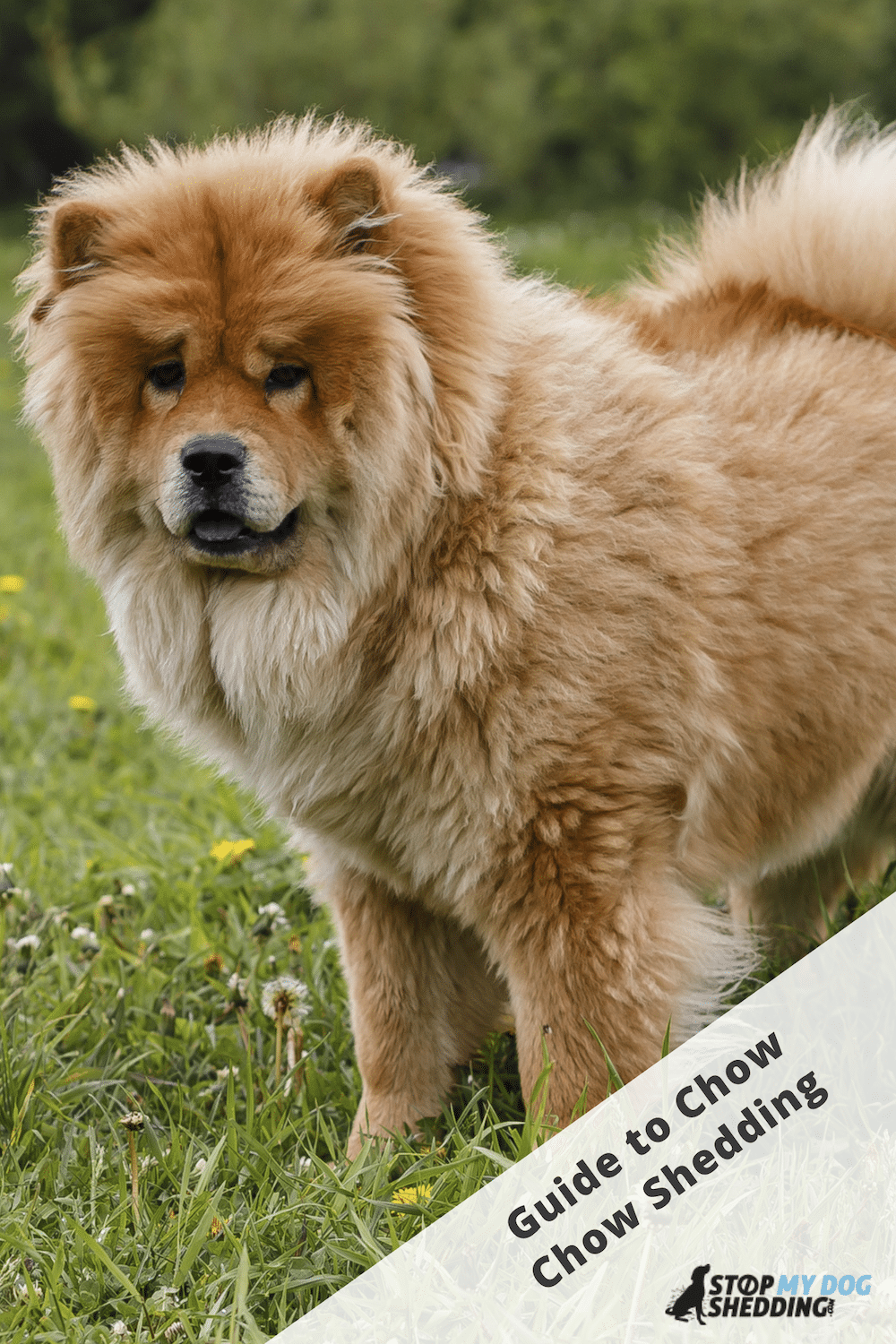

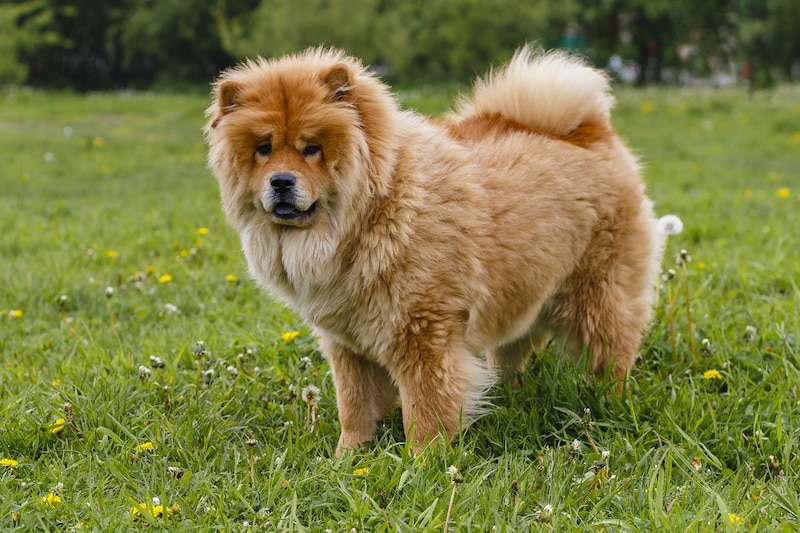
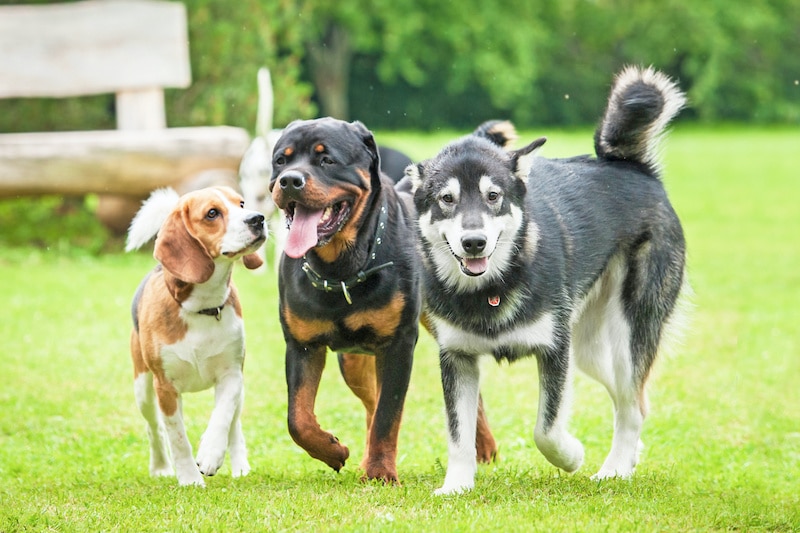
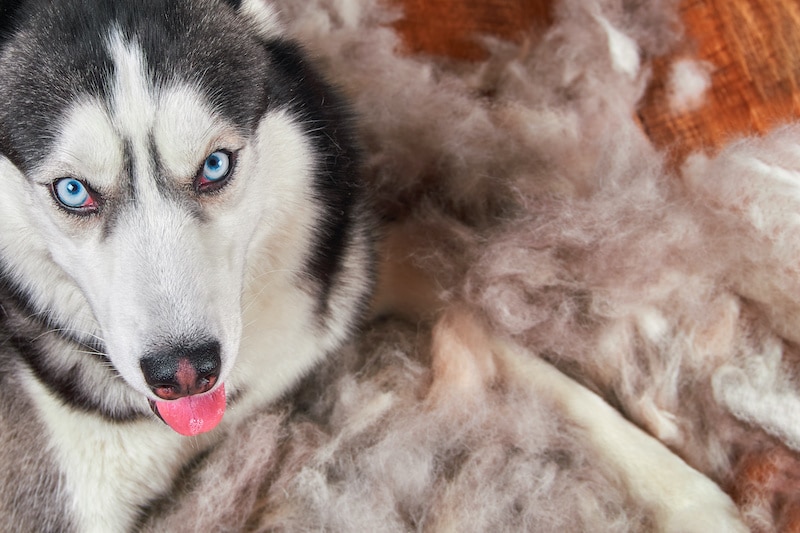
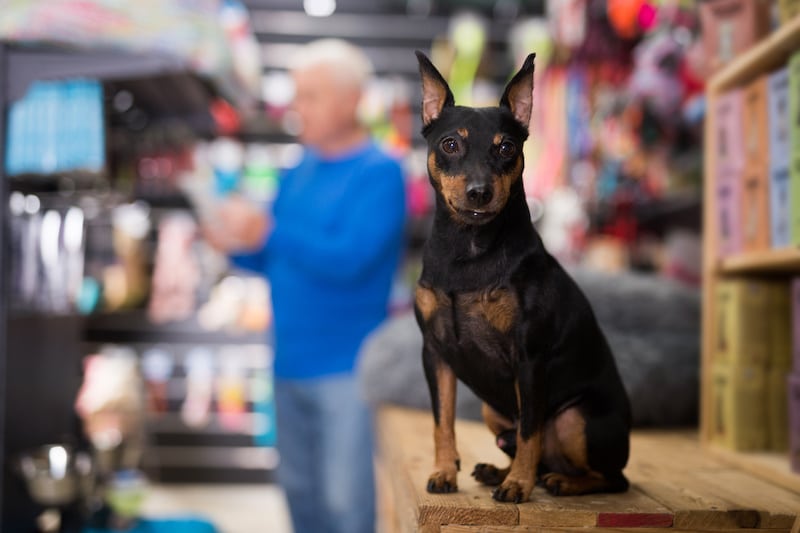







Please note: By submitting a comment using the above comment form, you confirm that you agree with the storage and handling of your data by this site as detailed in our Privacy Policy.